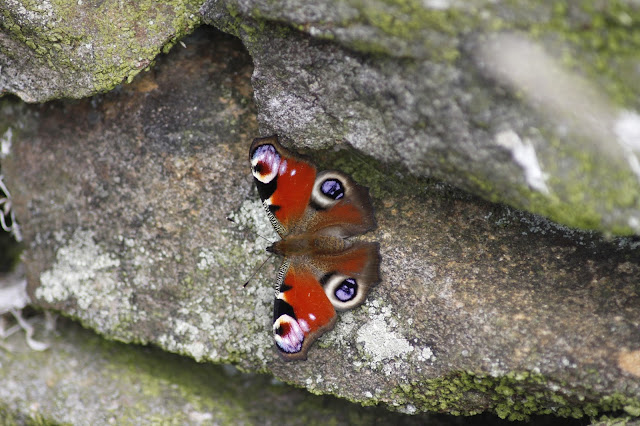The same red admiral feeds on a white buddleia. Several buddleias, a favourite source of nectar, grow alongside the walled track where the butterflies in this series had settled.
The small tortoiseshell has suffered a drastic decline in numbers. Like the peacocks, small tortoiseshells live through the winter as butterflies, sometimes in houses or garages and garden sheds.
The peacock has the largest false eyes of any British butterfly. The aristocrat butterflies were so named for their size and striking colours.
The painted lady is reputedly our farthest-travelled visitor, arriving after several breeding cycles from the Sahara. It cannot survive the British winter and the generation on the wing in September and October will die when the weather turns cold.
There has been a dearth of ladybirds as well as butterflies. This seven-spot ladybird was on the same track where the butterflies were on the wing.
The sun illuminates the handsome head colouring of a mallard drake.
This young swan spent ages foraging on the canal bank rather than probing beneath the water.








No comments:
Post a Comment